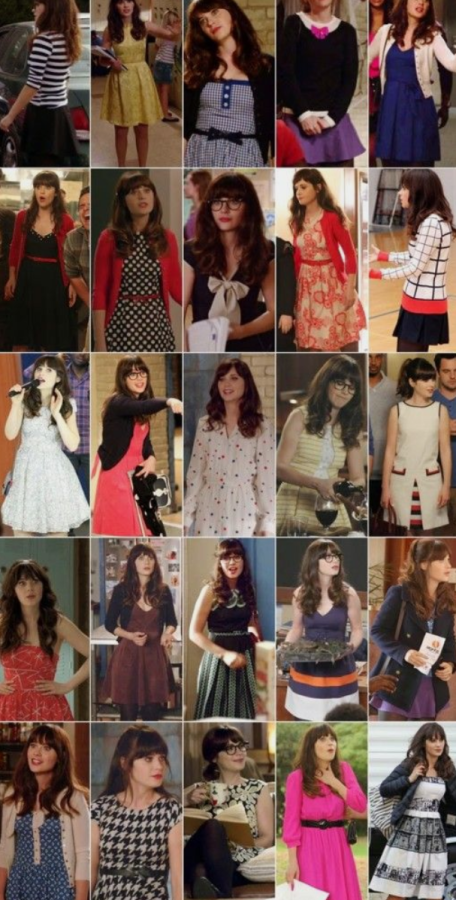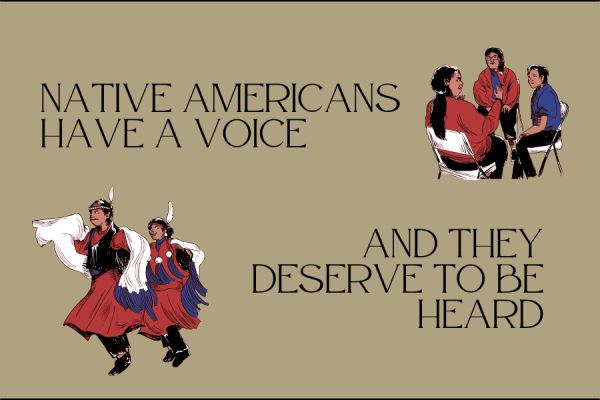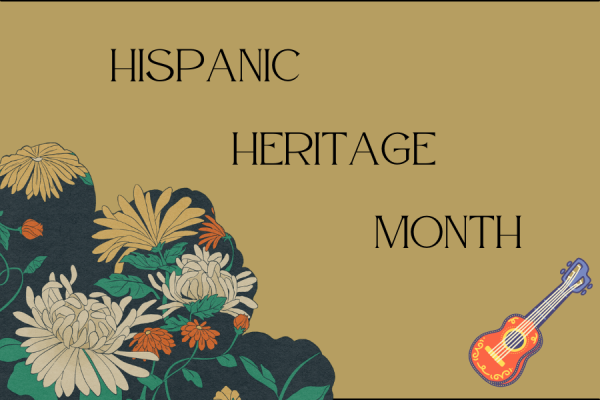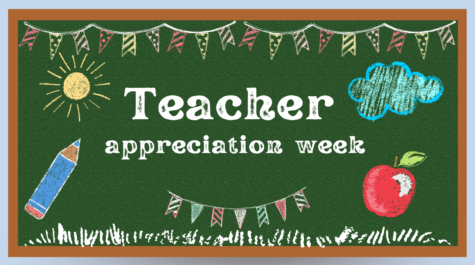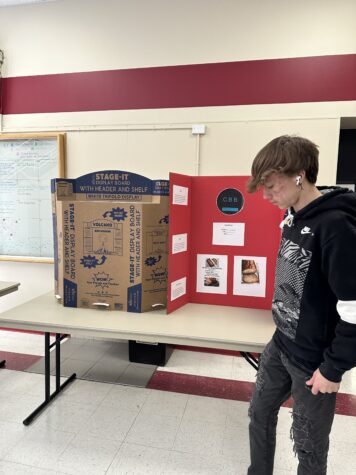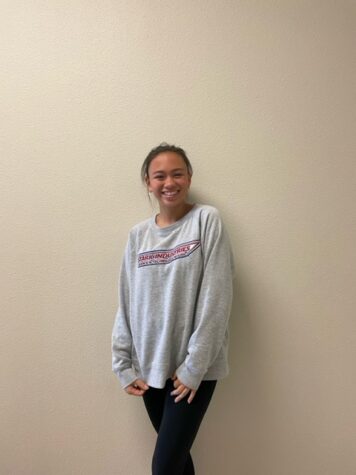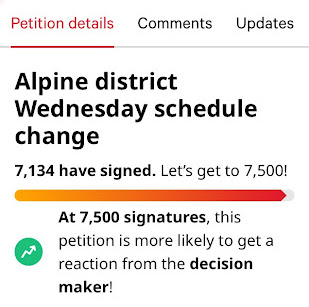The revival of Twee
Zoey Deschanel playing as Jessica Day in New Girl
Peter-pan collars, ballerina flats, swallow birds, Zoey Deschanel, and ‘Twiggy’ dresses are slowly dominating Tiktok and Pinterterst after a long hiatus. Twee fashion is one of the next revival trends to go through the hyperfantatics. Although the fashion was more for millennial consumers and influencers, a lot of gen-z grew up with parts of the trend. For example, cartoon owls, patterned tights, and the color turquoise.
Trends that were popular in the early 2000’s and late 90’s are becoming popular again through the social media platform Tiktok. This might be due to young children who grew up with pop-idols and icons wearing trendy fashion that they never participated in. An example of this is the extreme popularity of “Y2K” aesthetics. Although there is a misconception of actual “Y2K” fashion and 2000’s fashion, y2k came from the futuristic fear of the new year and 2000’s fashion is literally the styles that were worn during the 2000’s, low-rise jeans, hello kitty, and exotic animal print is current again.
Twee is weird and ditzy, it looks like what a child would imagine they would wear in college. Twee , in 2014, was a safe middle ground for teenagers and young adults to not yet dedicate themselves to a certain style or group. The style is ultimately a haunting reminder of the ignorant happiness of the 2000’s, and that is hard to recreate in 2022 when now style has so much to do with political statements and personal emotional health.
Many speculate if Twee will be another micro-trend like the “Bunny-hat alt” aesthetic of summer, “fairy-grunge” of fall, or the “Lily-Rose Depp coquette” aesthetic of winter. Others are hoping that Twee will stay dead, and discourage people from ‘Tumblr’ fashion in general. ‘Tumblr veterans’, a term for people who used the platform Tumblr during its golden-age, claim that TikTok is becoming dangerously similar to the warzone-of-a-website due to a lot of “pro-ana” and colorism that is intertwined in 2000’s fashion.
The risk of wearing vintage and retro fads is the exposure of problematic beliefs and stigmas of that era. People who wear 50’s, 60’s and other antique fashions have adopted the saying, “Vintage aesthetics, not values.” Which is an excellent way to enjoy the fashion without indulging or ignoring the harmful connotations of the social dillemes from that time period.
Twee fashion has a lot of vintage inspirations mostly from the substyle ”Mod”. Mod girls developed in the 60s, they can be compared to flappers due to the empowerment of women through flamboyant femininity and independence in society while still being stereotypical “girly”. A lot of the bright colors and daring patterns that are staples in creating a good Twee aesthetic, are reminiscent of bubbly 60’s couture. However what makes Twee fashion different from Mod fashion is the twist of internet consciousness.
‘Hipster’ culture started in the 40’s but society knows it from the early 2010’s. The defining features of the look stem from the nonchalant yet aggressive superiority that hipsters think they are entitled to. The handlebar moustache, beanies, and insufferable sarcastic t-shirts reflect the ‘trying-too-hard-to-be-niche’ reputation they have. Hipster fashion tends to be more masculine, so the way it appears in the more feminine Twee fashion is through pop culture references like old school Disney Princesses, modern tight sweaters, and quirky chunky jewelry.
Twee is unlikely to appear in clothing stores or in-person consumerism. Partly because chain stores are still trying to get over the mushrooms and frogs of 2020 and the cherries and flames of 2017, and partly because Twee is under unique scrutiny from online spectators. Some are frightened at the speed that the internet eats up old trends and gets rid of them, others are bored of recycling old styles and turning them into short lived watered down micro trends. Twee isn’t really coming back, but the discussion of social pressure and online influence is becoming more heated.
What is important now, more than ever, is to recognize how lucky as a fashion society to have centuries of style and information at our fingertips. Being informed about the history of any new or rediscovered fashion is the best way to develop your own style. Developing your own style is the most liberating form of art and expression that is performed everyday. There is no shame in dabbling in ‘the new craze’, but when it turns mindless then the whole point of the style is lost.
